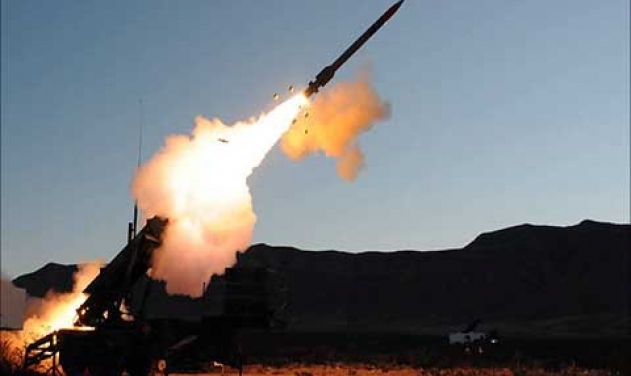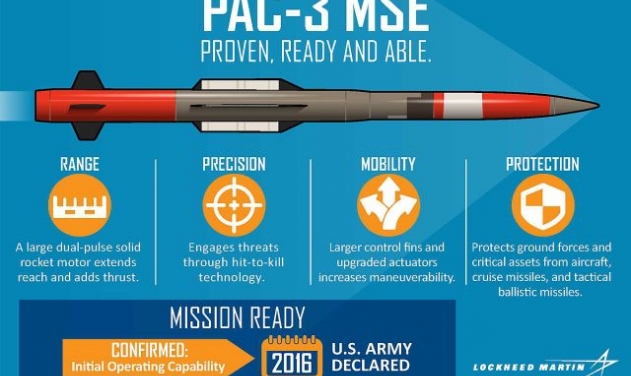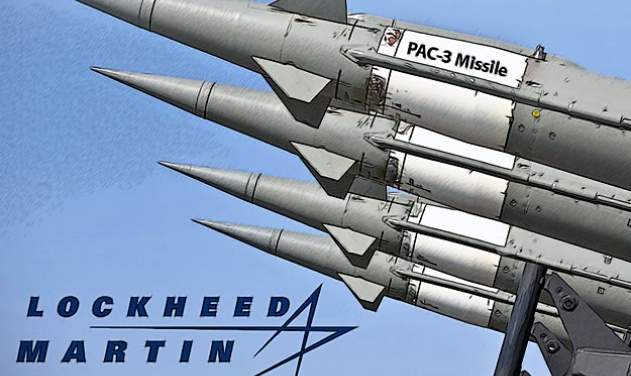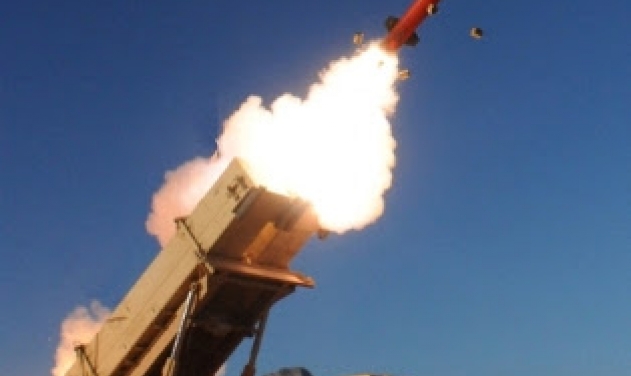Lockheed Martin Successfully Demos PAC-3 Missile Interceptors

Four Lockheed Martin PAC-3 Cost Reduction Initiative (CRI) and one PAC-3 Missile Segment Enhancement (MSE) interceptors successfully neutralized four tactical ballistic missile targets recently in a complex test at White Sands Missile Range, New Mexico.
The PAC-3 MSE intercept fulfills a requirement that supports a full-rate production decision for the MSE missile.
The U.S. Army-led missile defense flight test demonstrated the unique Hit-to-Kill capability of the PAC-3 family of missiles. The test also reconfirmed PAC-3 CRI and MSE's ability to detect, track and intercept incoming missiles while meeting fielded reliability requirements.
"PAC-3 continues to be successful against today's evolving threats, and it remains the only combat proven Hit-to-Kill interceptor in the world," said Scott Arnold, vice president and deputy of Integrated Air and Missile Defense at Lockheed Martin Missiles and Fire Control. "Today's global security environment demands reliable solutions. We expect PAC-3 interceptors to continue serving as an essential element in an integrated, layered defense system."
PAC-3 interceptors use Hit-to-Kill technology to defeat all threats through body-to-body contact. Building on the battle-proven PAC-3 CRI missile, PAC-3 MSE uses larger control fins and a dual-pulse solid rocket motor. These enhancements extend the missile's reach and dramatically improve performance against evolving threats. PAC-3 MSE upgrades enable it to achieve lethality at much higher altitudes than those of legacy interceptors.













